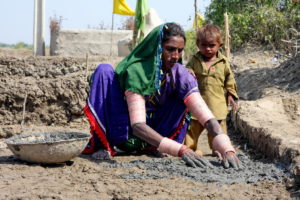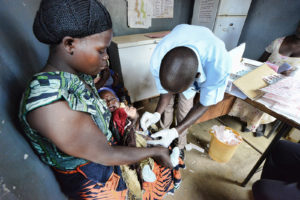Engaging
Establishing a Shared Vision
Establishing a shared vision is critical. Integration ultimately means less individual program autonomy, but focusing on the greater vision and how each partner can help achieve that vision in an integrated model can help overcome this hurdle.
The vision should be broad, bold and reach beyond the life of the particular project or what any individual program’s efforts can accomplish. Reaching that shared vision should require progress on all of the topics included. Develop the vision with the coordinating body, or hold a larger stakeholder workshop that includes a wider array of stakeholders so as to ensure greater buy-in. You may want to include service providers, community representatives, opinion leaders, audience members and other non-health/professional representatives in developing the vision.
What Other Types of Coordination May Be Necessary?
It is often useful for the donor to establish its own internal coordinating body tasked with keeping all funding activity managers informed on project progress. The donor should identify a focal person to oversee integration within the donor community. This should be a senior individual in the donor agency with an understanding of SBCC and the various technical content areas. The MOH and government focal persons should remain in regular contact to ensure goals and progress remain in sync.
As you move forward, you may find a need for “sub-groups” within the coordinating body, including, for example, working groups or task forces responsible for producing a specific output, such as a campaign strategy or launch event. A sub-group will likely consist of some members from the coordinating body, and may also bring in external persons with relevant expertise to a specific task. A representative from the sub-group who also sits on the coordinating body should regularly update the coordinating body on the sub-group’s activities.
While donor coordination is needed from the very beginning, task forces and working groups are usually formed later in the program, during the design and/or implementation phases. See Design and Implement for more information.
Program Experience
(When you see a Program Experience, simply click on the photo to read insights from real integrated SBCC programs.)




